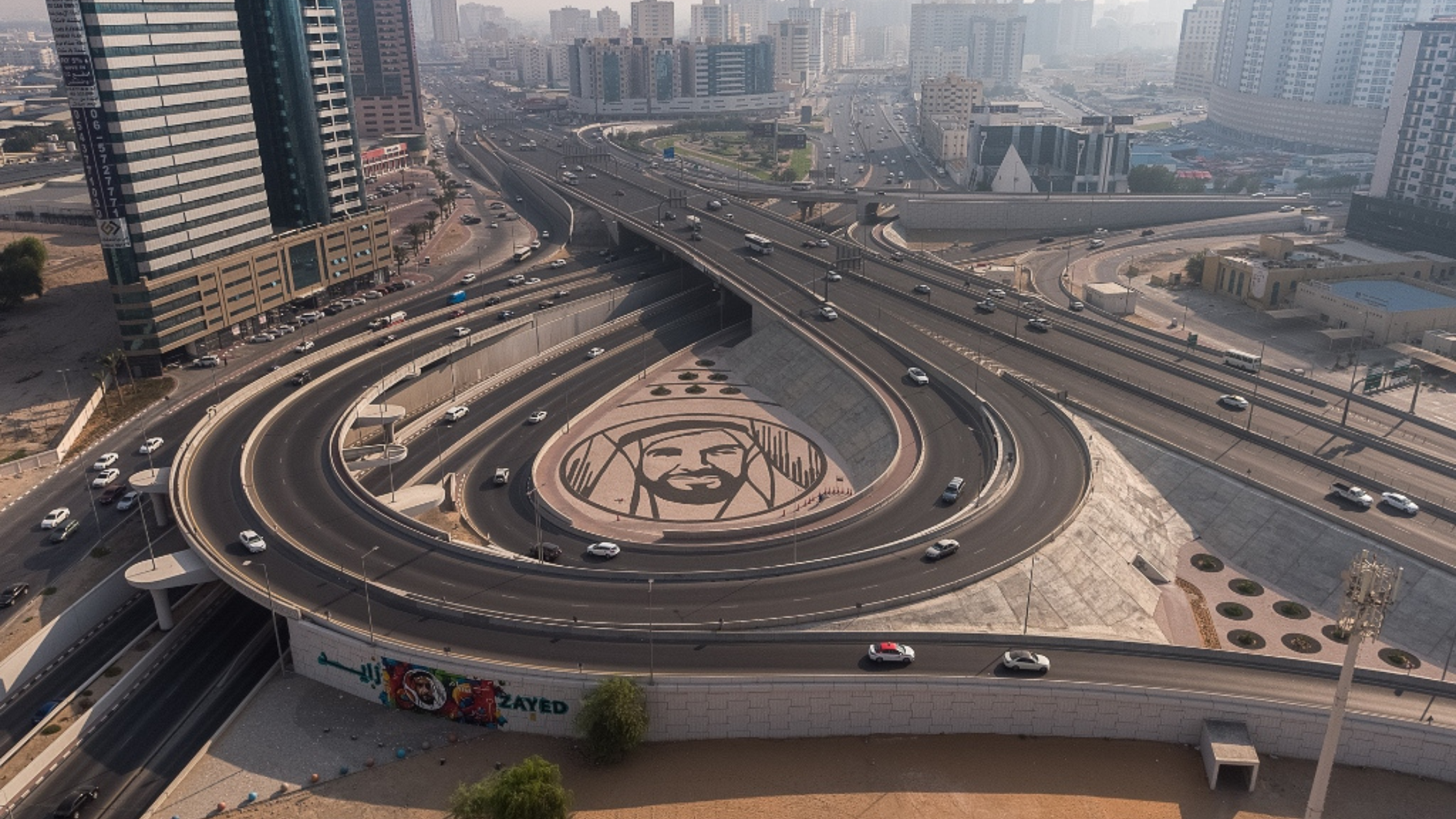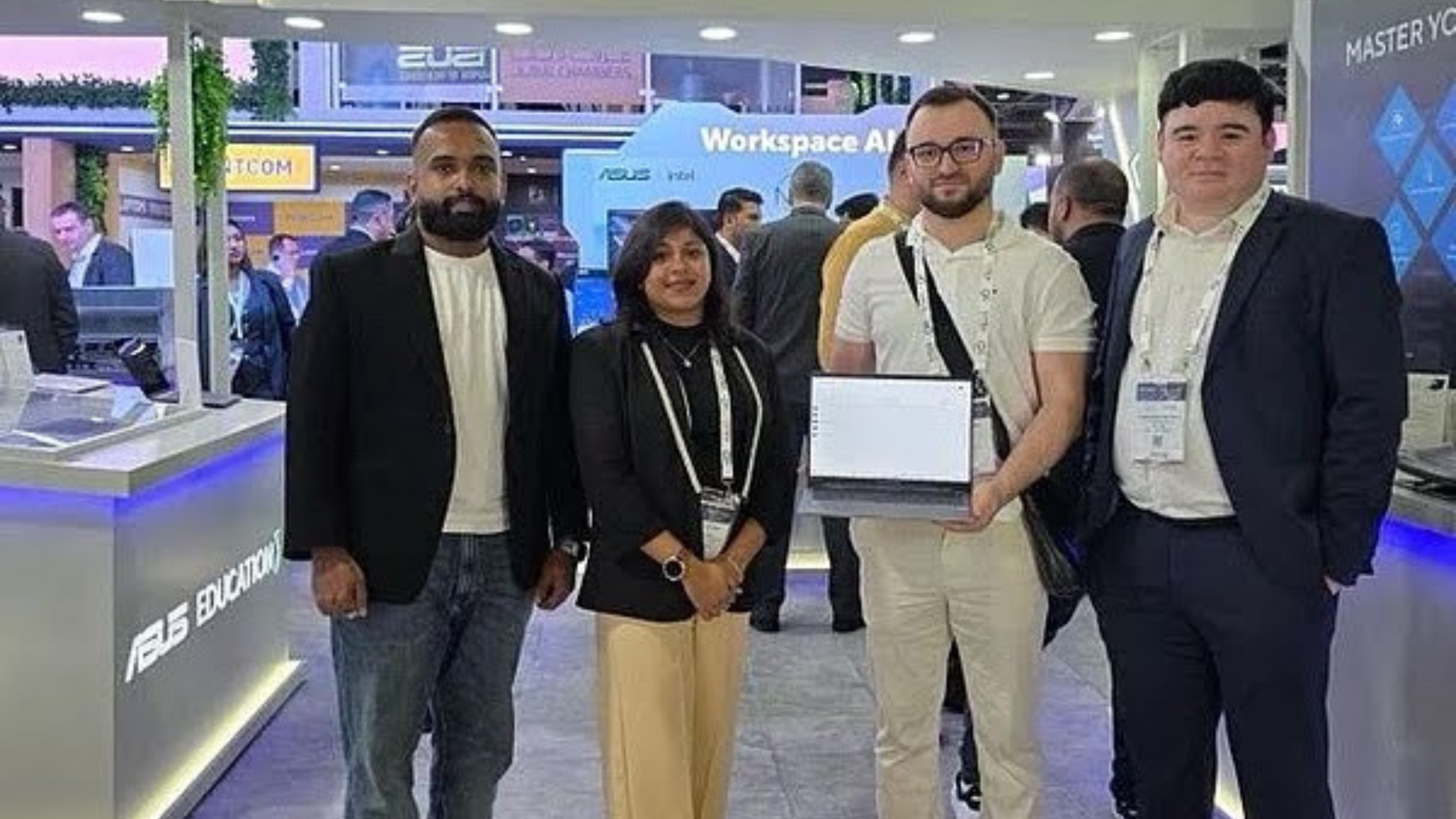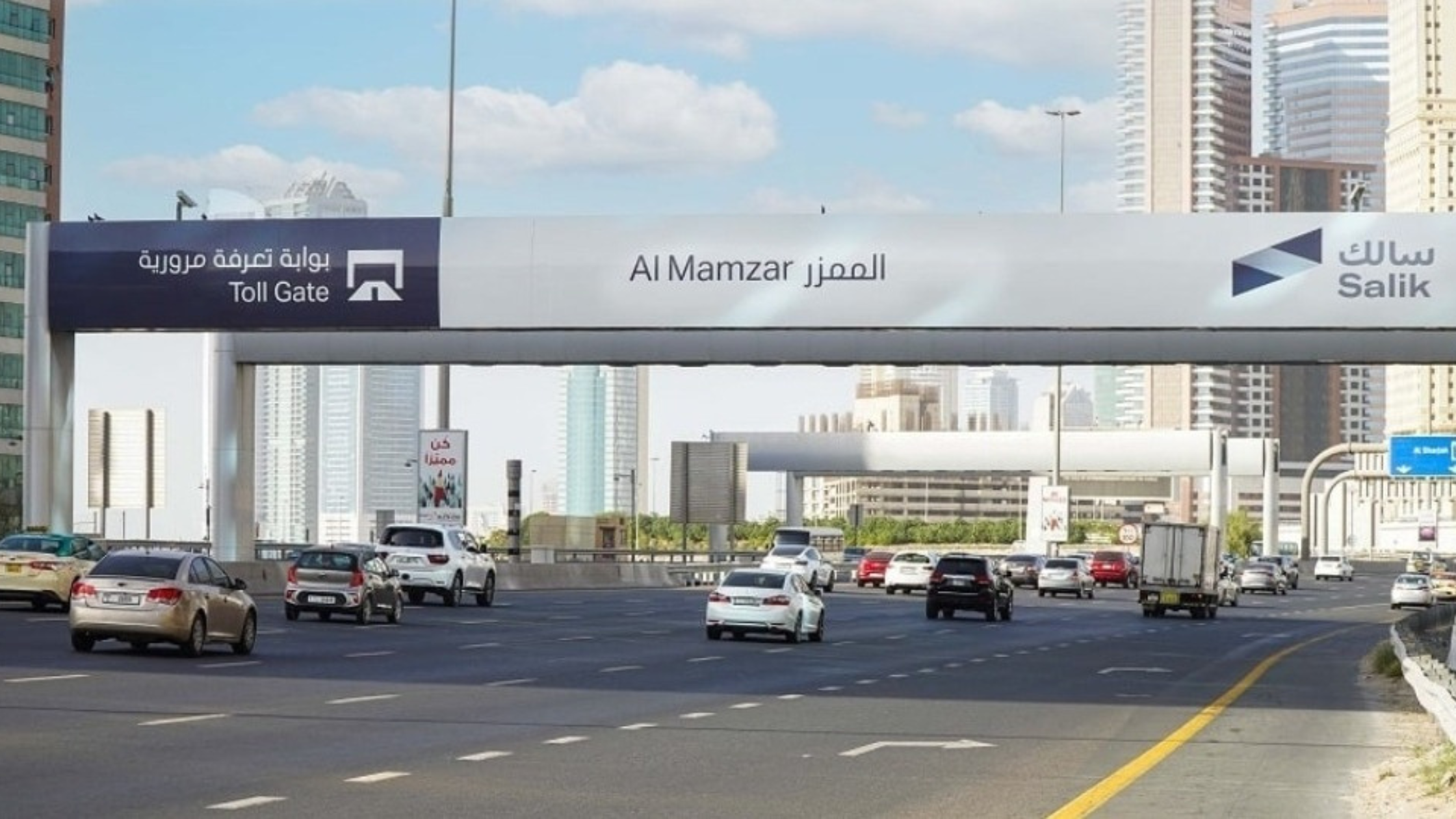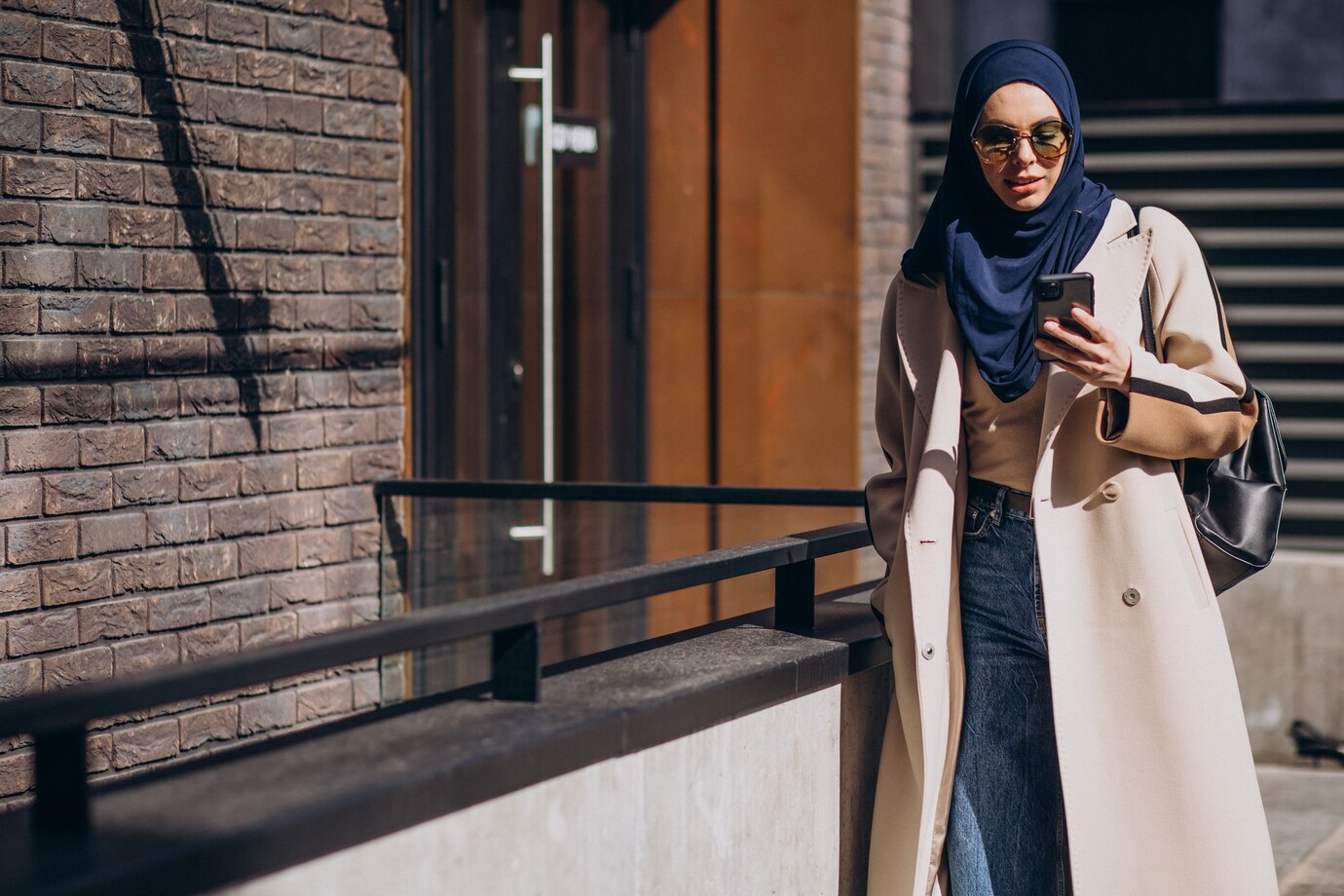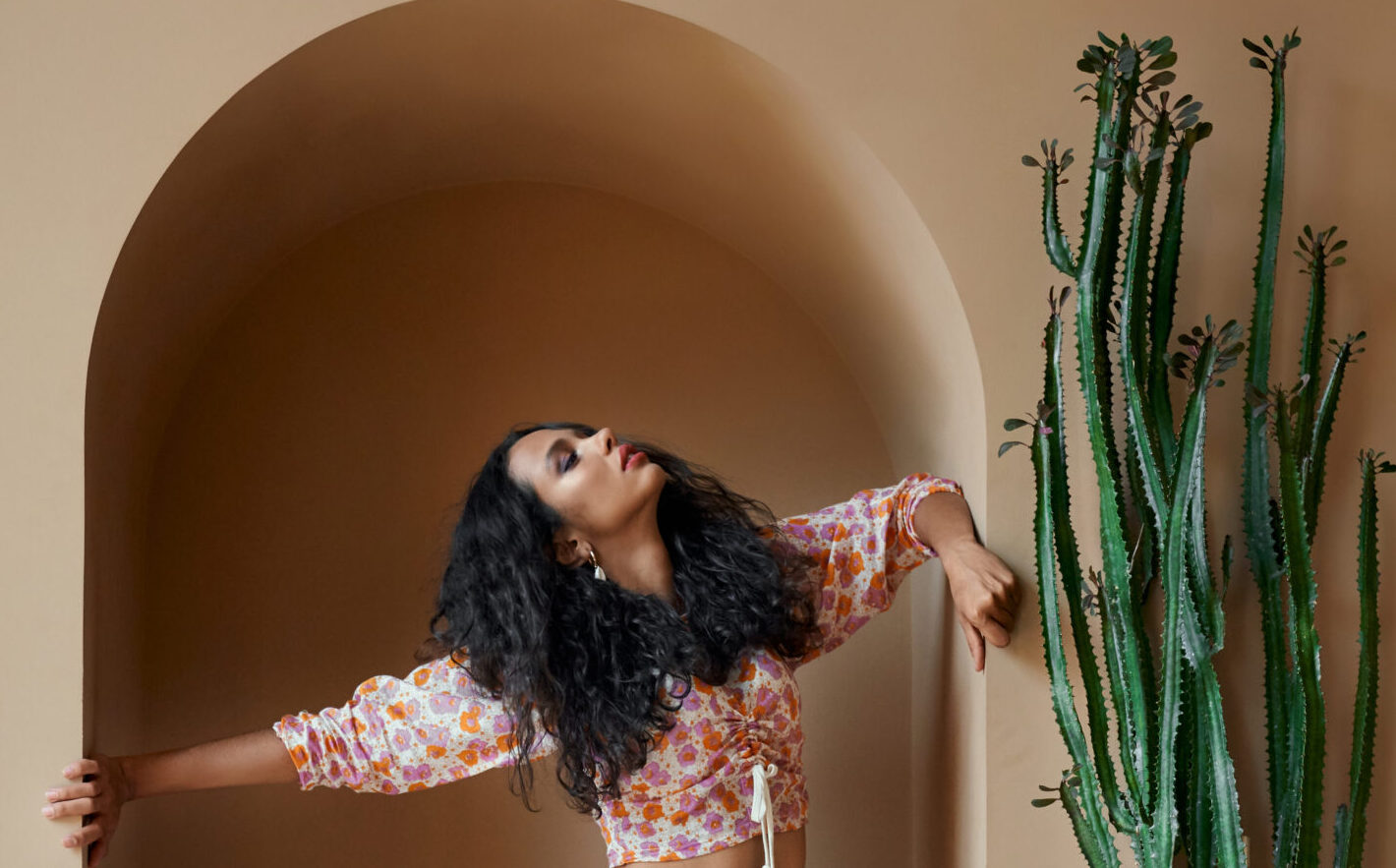Upcycling Trend : Where Did it Come From and How it Impacts in UAE
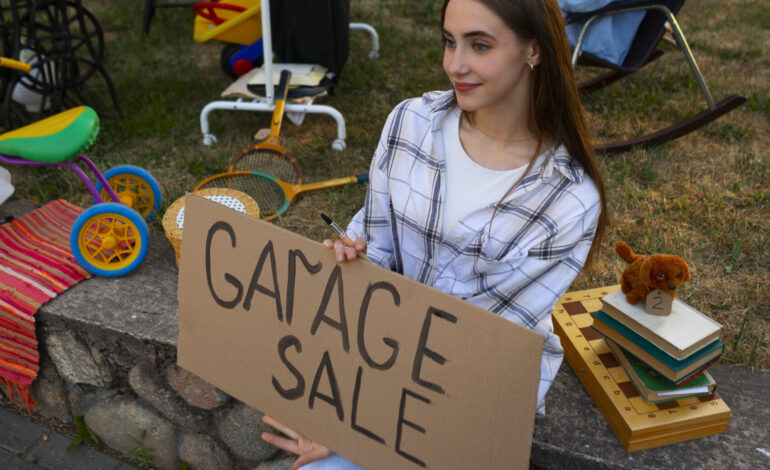
The Upcycling Trend: A Fashion Revolution in the UAE
In a world where fast fashion reigns supreme, it’s refreshing to see a trend that’s not only eco-friendly but also promotes creativity and innovation. Upcycling, the art of transforming old, discarded materials into new, useful products, has been gaining momentum globally, and the UAE is no exception.
From Humble Beginnings
Upcycling has its roots in the early 20th century, when people would repurpose and reuse materials out of necessity. During World War II, for instance, people would transform old clothes into new ones, like turning old uniforms into children’s clothing. This resourceful approach to consumption was driven by economic constraints and a sense of patriotism.
The Evolution of Upcycling
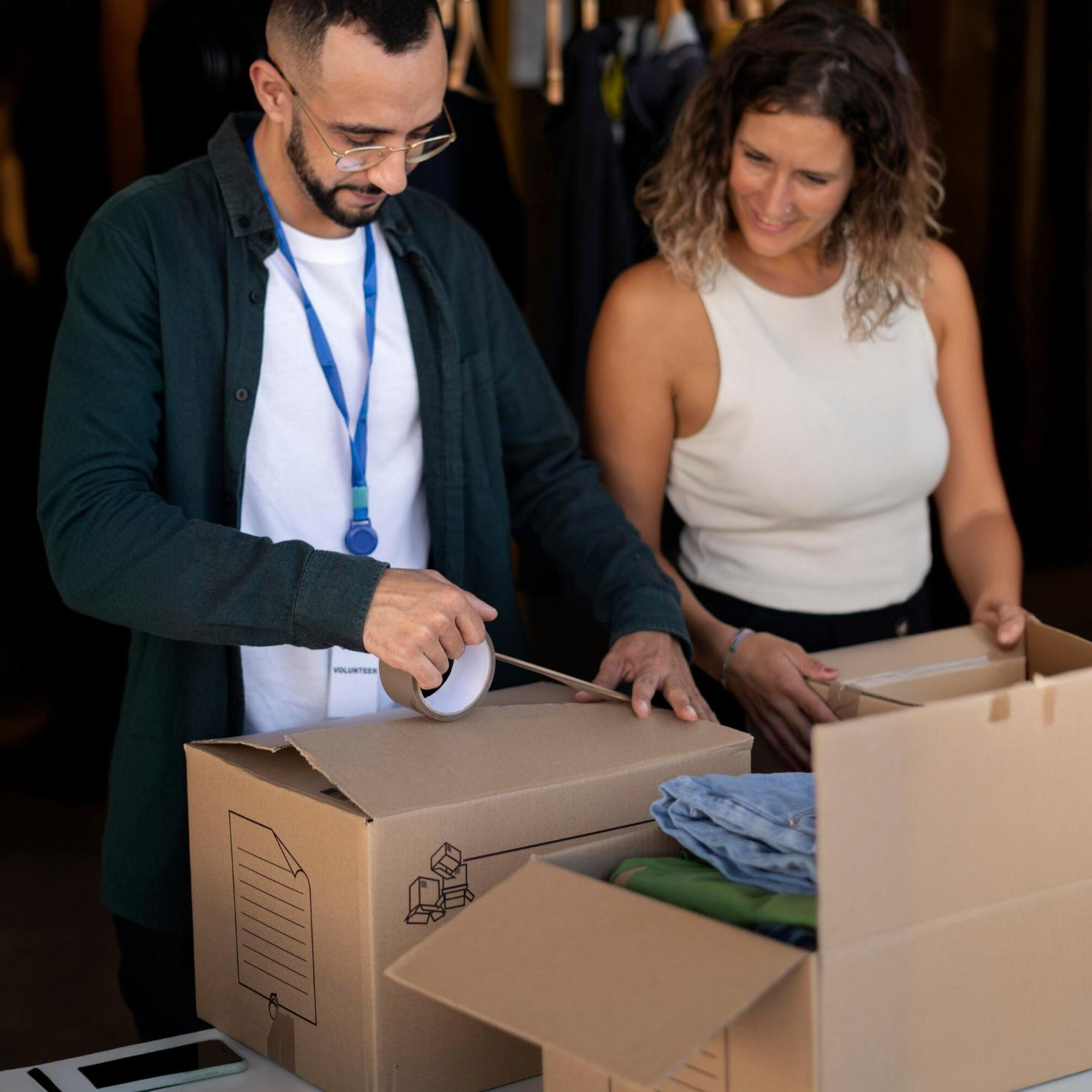 In the 1960s and 1970s, upcycling gained popularity as a form of artistic expression. Artists and craftspeople began experimenting with discarded materials, transforming them into unique pieces of art. This creative approach to upcycling not only reduced waste but also challenged traditional notions of art and beauty.
In the 1960s and 1970s, upcycling gained popularity as a form of artistic expression. Artists and craftspeople began experimenting with discarded materials, transforming them into unique pieces of art. This creative approach to upcycling not only reduced waste but also challenged traditional notions of art and beauty.
Upcycling in Fashion
In the 1990s and 2000s, upcycling began to influence the fashion industry. Designers started incorporating upcycled materials into their collections, creating one-of-a-kind pieces that were both sustainable and stylish. This approach to fashion not only reduced waste but also promoted creativity and innovation.
The UAE’s Upcycling Scene
In the UAE, upcycling has become a significant trend in the fashion industry, driven by government initiatives, consumer demand, and the growing awareness of environmental issues. The country’s fashion industry has been shifting towards more sustainable practices, with many designers incorporating upcycled materials into their designs.
Reducing Waste, Promoting Sustainability
The upcycling trend has had a significant impact on the UAE’s fashion scene, influencing designers, consumers, and the environment. By transforming discarded materials into new products, designers are reducing waste and promoting sustainability.
Empowering Local Communities
Upcycling has also empowered local communities in the UAE. Many designers are now working with local artisans, promoting traditional crafts and supporting local economies.
UAE-Based Designers Leading the Way
Several UAE-based designers are leading the upcycling charge, creating stunning pieces that showcase the potential of upcycled materials. From Azizi’s repurposed clothing to The Upcycled’s unique accessories, these designers are proving that upcycling is not only eco-friendly but also fashionable.
The Benefits of Upcycling
So, what are the benefits of upcycling? For one, it reduces waste and promotes sustainability. By transforming discarded materials into new products, designers are reducing the amount of waste sent to landfills. Upcycling also promotes creativity and innovation, encouraging designers to think outside the box and come up with unique solutions.
The Challenges of Upcycling
While upcycling has made significant strides in the UAE’s fashion industry, there are still several challenges that need to be addressed. One of the biggest challenges is scalability. Upcycling can be a time-consuming and labor-intensive process, making it difficult to scale up production.
Another challenge is consumer education. Many consumers are still unaware of the benefits of upcycling and may be hesitant to purchase upcycled products. Education campaigns are needed to raise awareness and promote upcycling.
The Future of Upcycling
As the UAE’s fashion industry continues to evolve, it will be interesting to see how upcycling influences fashion design, production, and consumption. One thing is certain, however: upcycling is here to stay, and it’s revolutionizing the way we think about fashion.
With the growing awareness of environmental issues and the increasing demand for sustainable fashion, upcycling is poised to become a major player in the UAE’s fashion industry. As designers, consumers, and policymakers work together to promote upcycling, we can expect to see a more sustainable, creative, and innovative fashion industry emerge.
The UAE’s upcycling scene is a testament to the country’s commitment to sustainability and innovation. As the fashion industry continues to evolve, it will be exciting to see how upcycling influences fashion design, production, and consumption in the UAE.
The upcycling trend has also created new opportunities for entrepreneurs and small businesses. With the growing demand for upcycled products, there is a need for innovative and sustainable fashion brands that can meet this demand.
In addition, upcycling has also created new opportunities for collaboration and partnerships. Designers, brands, and organizations can work together to promote upcycling, share knowledge, and develop new technologies.
The Impact of Upcycling on the Environment
The impact of upcycling on the environment cannot be overstated. By reducing waste and promoting sustainability, upcycling is helping to mitigate the environmental damage caused by the fashion industry.
The fashion industry is one of the largest polluters in the world, with the production and distribution of clothing contributing to greenhouse gas emissions, water pollution


